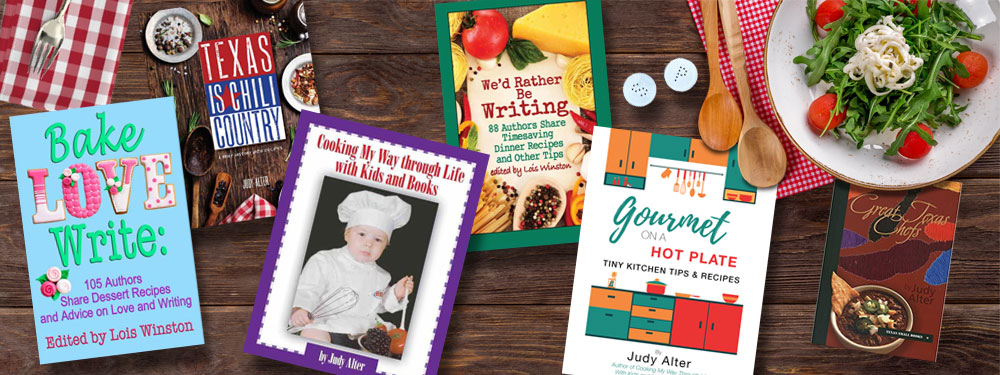I’m having fun revisiting some dishes that I used to make when I was feeding four teenagers. Is thirty years old enough to make a recipe retro? Not too long ago I did a tuna casserole for a friend who had fond memories of that dish from his childhood. Now he wants chicken divan, and I’m looking forward to fixing that. But both dishes have ingredients that are not on the Burton-approved list—tuna for all, and broccoli for Christian.
On the
other hand, the other night I fixed pork medallions in a creamy tarragon sauce—everyone
cleaned their plates and, far as I could tell, liked it. But what was most fun
was that as I was cooking, Jordan said, “That smells familiar.” I think it was
the tarragon, which is not an herb we use often.
I can’t
even tell how old this recipe is. The original was so fragile that I
photocopied it—and lost the source and date. But not the headline that bills it
as quick! and company perfect! The recipe calls for one and a quarter lbs. of
pork tenderloin—and right there we have a problem. For this family of four,
with a teenage boy who grows daily before our eyes, one is not enough. And two
is too much. The other night, I cooked two, and we had six pieces left over—great
for lunch the next day.
Here’s
what I did:
Pork medallions with tarragon
sauce
1-1/4 lbs. pork tenderloin
1 Tbsp. Dijon mustard
2 Tbsp. butter
Salt
½ c. beef broth
½ tsp. dried tarragon
½ c. half-and-half
Pepper
First, slice the tenderloin into medallions. I didn’t do
this, but I think if you could start with them slightly frozen, they would be
easier to slice. The silver “skin” on tenderloins is particularly difficult and
may require scissors. Cut the tenderloin into 1-1/2 inch pieces and flatten
slightly.
Coat
one side of each piece lightly with the mustard (best to put that Tbsp. of
mustard into a small dish so that you are not dipping a knife, fresh from raw
meat, back into the jar and contaminating all the mustard).
Melt 2
Tbsp. butter in skillet and add medallions, mustard-side down. Sprinkle meat
with salt. Reduce heat to medium and cook five minutes. Using tongs, turn each
piece and cook another five minutes. Remove meat from skillet and keep warm.
Add beef
broth and tarragon to drippings in the pan. Scrape to loosen all the brown bits
from the bottom of the pan. Cook until broth is reduced by about half. Add
half-and-half. Recipe says simmer until slightly thickened, but it never will
thicken much. Next time I think I’ll dissolve ½ tsp. corn starch in a tiny bit
of cold water and add to the sauce, stirring over low heat until it thickens.
The flavor as we had It was great, but I prefer a more gravy-like sauce with
the meat. Return meat to skillet, add pepper to taste, and heat gently. Do NOT
let it boil or your sauce will curdle.
We
served this with noodles and salad, but it would also be good with Christian’s
green beans.
Christian’s green beans
4 slices bacon – reserve grease
2 cans cut green beans, or equal
amount of fresh, washed and trimmed of ends and strings
Cider vinegar to taste
Fry
the bacon until crisp. Drain on paper towel. Leave the grease in the skillet.
Dump in the drained green beans and heat. Splash with cider vinegar—about a
Tbsp. Taste and add more if needed. Crumble bacon over beans, stir and serve.
Confession:
I forgot to take a picture—and the medallions looked so good in the skillet.
The picture above is for the algorithms and approximates what our dinner looked
like but without the sauce.




